An In-depth Exploration
Buy CPC Traffic | Buy Display Ads | Exclusive traffic sources | Buy Push Ads | Popunder ADS | Buy Native Ads | Buy Preroll Ads

Buy CPC Traffic | Buy Display Ads | Exclusive traffic sources | Buy Push Ads | Popunder ADS | Buy Native Ads | Buy Preroll Ads
Advertising networks play a crucial role in the online marketing ecosystem. They connect advertisers with publishers, allowing businesses to reach their target audience and generate revenue by displaying ads. However, with so many ad networks available, it can be challenging to determine which one is the right fit for your business.
There are several different models of ad networks, each offering unique advantages and disadvantages. One popular model is the pay-per-click (PPC) network, where advertisers pay a set amount each time a user clicks on their ad. This model is beneficial for businesses looking to drive traffic to their website and only pay for actual clicks, rather than impressions. However, it can be costly if the clicks do not result in conversions.
Another model is the pay-per-impression (PPI) network, where advertisers pay for the number of times their ad is displayed, regardless of clicks. This model is ideal for businesses focused on brand awareness, as it allows for exposure to a large audience. However, it may not be as effective in driving immediate conversions compared to the PPC model.
A third model is the pay-per-action (PPA) network, where advertisers only pay when a specific action is completed, such as a purchase or sign-up. This model is great for businesses looking for direct conversions and measurable return on investment. However, it may have a higher cost per action compared to the PPC and PPI models.
Ultimately, the choice of ad network model depends on your business goals and budget. It's important to consider factors such as your target audience, advertising budget, and desired outcomes when selecting the right model for your business. By carefully evaluating the different models and understanding their advantages and disadvantages, you can make an informed decision that will help you reach your marketing objectives.
Understanding Ad Networks and Their Significance

In the world of digital advertising, ad networks play a crucial role in connecting advertisers with publishers. These networks act as intermediaries, facilitating the buying and selling of ad space across various websites and apps.
Ad networks bring together advertisers who want to promote their products or services and publishers who have ad space available on their platforms. By leveraging their extensive network of publishers, ad networks help advertisers reach their target audience effectively.
There are various types of ad networks available, including native traffic sources such as TrafficStars, display networks, social networks, and more. Each type of network caters to specific advertiser needs and offers unique targeting capabilities.
Ad networks provide several significant benefits for businesses:
1. Expanded Reach
Ad networks have a wide reach and can deliver ads across numerous websites, apps, and platforms. This allows businesses to extend their reach beyond their own networks and target a larger audience, increasing brand visibility and awareness.
2. Targeted Advertising
Ad networks offer advanced targeting options, allowing businesses to reach their ideal customers based on factors like demographics, interests, and browsing behavior. This targeted approach ensures that ads are seen by the right audience, resulting in higher conversion rates.
3. Cost-Effective Solution
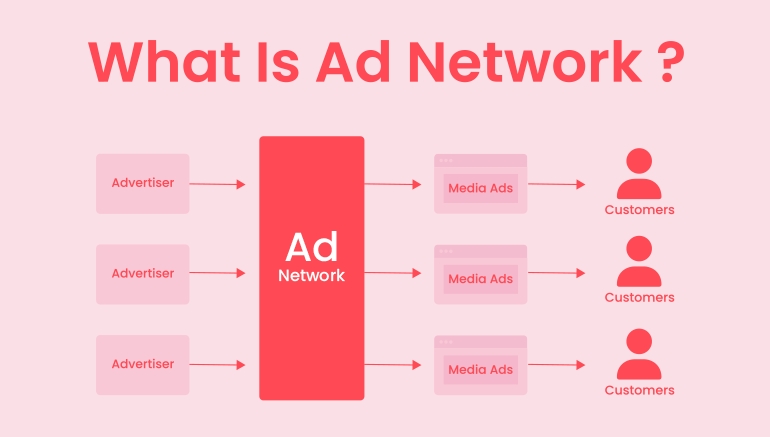
Ad networks provide a cost-effective advertising solution, especially for small and medium-sized businesses. Instead of investing in individual websites or platforms, businesses can leverage ad networks to access a large inventory of ad spaces at competitive rates.
Overall, ad networks are invaluable for businesses looking to maximize their advertising efforts and drive results. By harnessing the power of ad networks, businesses can effectively reach their target audience, increase brand exposure, and achieve their marketing goals.
Identifying Your Business Needs and Goals

When it comes to choosing the right ad network for your business, it is crucial to identify your specific needs and goals. This will help you determine which ad network model is the most suitable for your company's marketing strategy and budget.
Understanding Your Target Audience
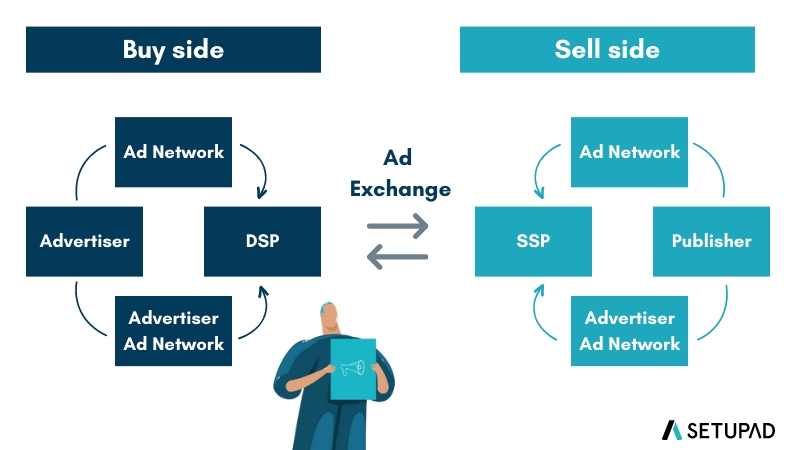
To make an informed decision, you need to have a clear understanding of your target audience. Who are your customers? What are their demographics? What are their interests and online behaviors? By knowing your audience, you can select an ad network that reaches them effectively.
Defining Your Advertising Objectives
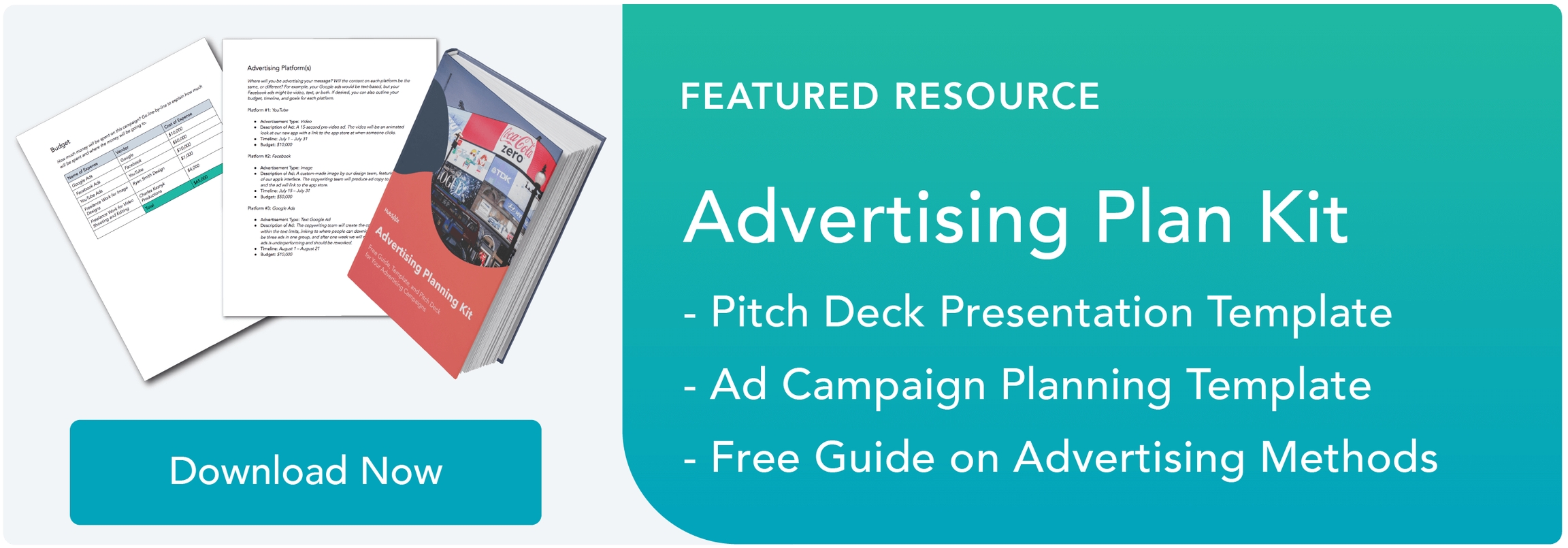
What are your advertising objectives? Are you looking to increase brand awareness, drive traffic to your website, generate leads, or boost sales? Different ad network models offer various advertising formats and targeting options. Make sure to align your objectives with the capabilities of the ad network you choose.
For example, if you aim to increase brand awareness, you may want to consider using native traffic sources that deliver content-driven ads to engage with your audience in a non-disruptive way.
Considering Your Budget
Your budget is another crucial factor in choosing an ad network model. Different networks have different pricing models, such as cost per click (CPC), cost per thousand impressions (CPM), or cost per acquisition (CPA). Determine your budget and choose an ad network that offers pricing options that align with your financial resources.
In conclusion, identifying your business needs and goals is the first step towards finding the right ad network model. Understanding your target audience, defining your advertising objectives, and considering your budget will help you make an informed decision that maximizes your advertising efforts.
Exploring Different Models of Ad Networks
An ad network is a platform that connects advertisers with publishers, facilitating the buying and selling of ad space. There are different models of ad networks that cater to the diverse needs and goals of businesses. Understanding these models can help you choose the right ad network for your business.
1. CPC (Cost Per Click) Model
In the CPC model, advertisers pay a specified amount for each click their ads receive. This model is commonly used in search engine advertising and display advertising. It can be an effective way for advertisers to drive traffic to their website and measure the performance of their ads.
2. CPM (Cost Per Mille) Model
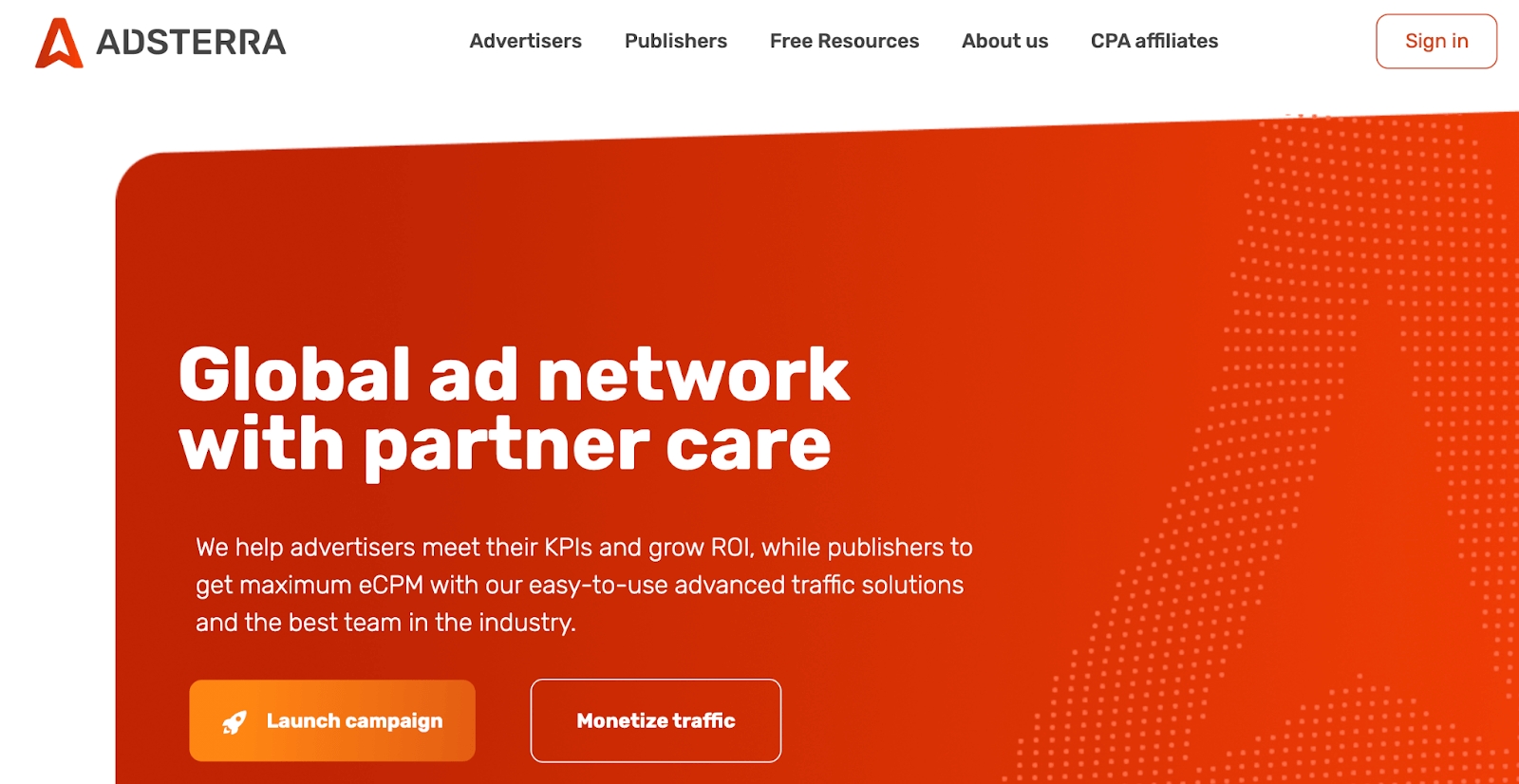
The CPM model is based on the cost per thousand impressions (mille is Latin for thousand) of an ad. Advertisers pay a fixed amount for every thousand times their ad is shown to users. This model is often used in display advertising and can be advantageous for businesses looking to increase brand visibility.
3. CPA (Cost Per Action) Model

In the CPA model, advertisers pay only when a specific action is completed by a user, such as a purchase or signing up for a newsletter. This model is commonly used in affiliate marketing and performance-based advertising. It can be an effective way to measure the success and ROI of ad campaigns.
4. Native Advertising Model
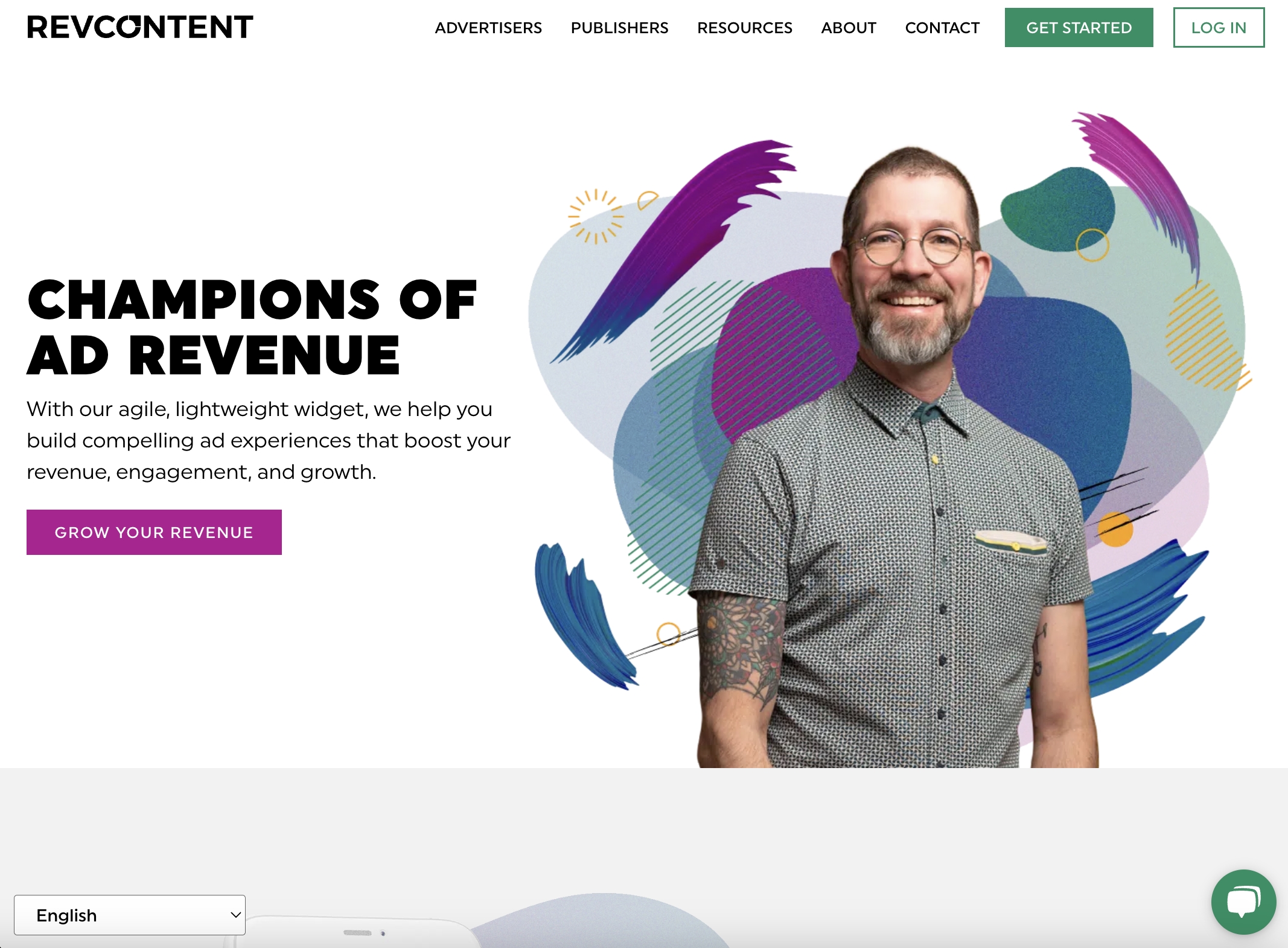
The native advertising model involves integrating ads seamlessly into the content of a website or platform, making them appear more like organic content. This model aims to provide a non-disruptive and user-friendly ad experience. Native ads can be effective in gaining user attention and engagement.
5. Programmatic Advertising Model
Programmatic advertising uses algorithms and automated systems to buy and sell ad space in real-time bidding auctions. This model allows for precise targeting, dynamic ad placements, and optimization of ad campaigns. Programmatic advertising can be a cost-effective and efficient way to reach the right audience.
When choosing an ad network, consider your business goals, target audience, and advertising budget. Each model has its own advantages and disadvantages, so it's crucial to assess which one aligns with your specific needs. It may be beneficial to experiment with different ad networks or combine multiple models to achieve optimal results for your business.
Factors to Consider When Choosing the Right Ad Network

When choosing the right ad network for your business, there are several important factors to consider. Each ad network has its own unique features, advantages, and limitations, so it's crucial to evaluate these factors before making a decision. Here are some key factors to consider:
Target Audience
One of the most important factors to consider is whether the ad network's audience aligns with your target audience. It's essential to choose an ad network that can reach the right audience for your products or services. Consider factors such as demographics, interests, and location to ensure that your ads are being seen by the right people.
Pricing Model
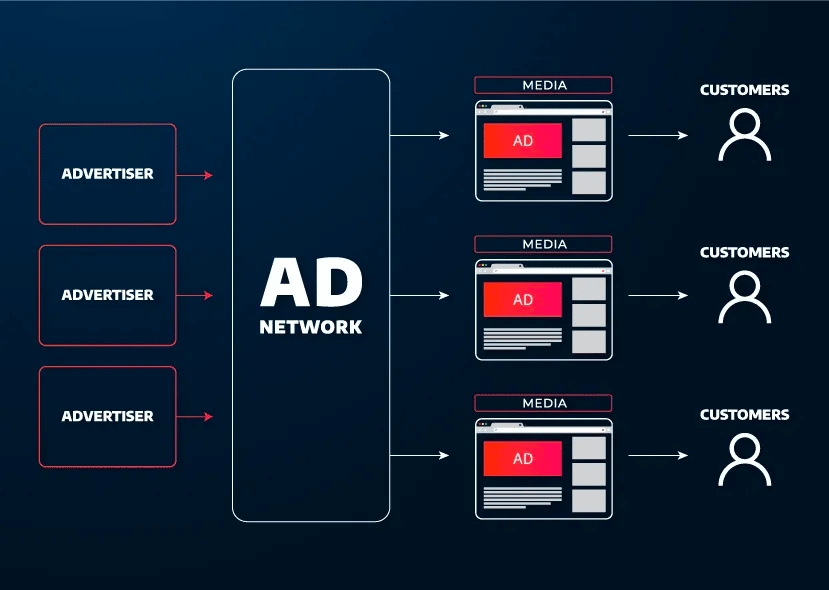
Different ad networks offer different pricing models, such as cost per click (CPC), cost per thousand impressions (CPM), or cost per acquisition (CPA). Consider your budget and goals to determine which pricing model aligns best with your advertising objectives. Also, be sure to evaluate the ad network's pricing structure to understand any additional fees or costs involved.
Ad Formats
Consider the ad formats supported by the ad network and whether they align with your advertising goals. Some ad networks offer a wide range of ad formats, including text ads, banner ads, video ads, and native ads. Others may specialize in specific formats. Choose an ad network that offers the ad formats that best showcase your products or services and provide a seamless user experience.
Ad Quality and Relevance
Ad quality and relevance are crucial for the success of your advertising campaigns. Ensure that the ad network provides high-quality ads that are relevant to your target audience. Low-quality or irrelevant ads can harm your brand reputation and result in poor campaign performance. Look for ad networks that have strict quality control measures in place to ensure that your ads meet the desired standards.
Targeting and Customization Options
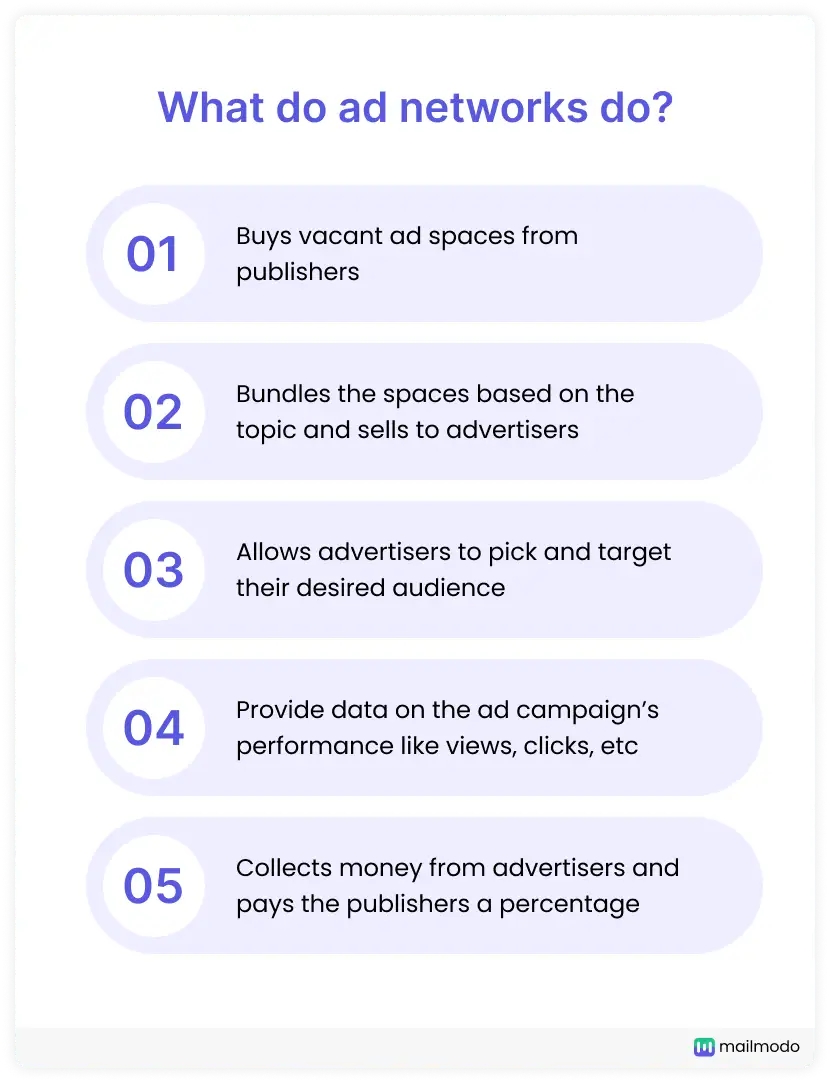
Consider the targeting and customization options provided by the ad network. The ability to target specific audiences based on demographics, interests, behavior, or location can greatly enhance the effectiveness of your campaigns. Look for ad networks that offer robust targeting capabilities and allow you to customize your ads to maximize their impact.
Reach and Scale
The reach and scale of an ad network also play a significant role in your campaign's success. Consider the ad network's reach in terms of the number of websites, apps, or publishers it partners with. A larger reach can potentially expose your ads to a wider audience. However, be cautious of ad networks that prioritize quantity over quality, as it can negatively impact ad visibility and engagement.
Analytics and Reporting
Analytics and reporting are essential for monitoring the performance of your ad campaigns and optimizing their effectiveness. Look for ad networks that provide comprehensive analytics and reporting tools. These tools should offer insights into key metrics such as impressions, clicks, conversions, and return on investment (ROI). Access to such data can help you make data-driven decisions and refine your advertising strategies.
By considering these factors, you can make a well-informed decision when choosing the right ad network for your business. Remember to evaluate each factor based on your specific advertising goals and budget to ensure the best possible results.
What are the different models of ad networks?
The different models of ad networks include cost per click (CPC), cost per mille (CPM), cost per action (CPA), and cost per view (CPV).
How does the cost per click (CPC) model work?
The cost per click (CPC) model is a pricing model where advertisers pay for each click on their ads. This model is commonly used in search engine advertising and allows advertisers to pay only when their ads are clicked on.
What is the cost per mille (CPM) model?
The cost per mille (CPM) model is a pricing model where advertisers pay for every 1,000 impressions of their ads. This model is commonly used in display advertising and allows advertisers to reach a large audience while paying based on the number of impressions their ads receive.
How does the cost per action (CPA) model work?
The cost per action (CPA) model is a pricing model where advertisers pay only when a specific action, such as a purchase or sign-up, is completed by a user. This model is commonly used in affiliate marketing and allows advertisers to pay based on the desired outcome of their ads.
What is the cost per view (CPV) model?
The cost per view (CPV) model is a pricing model where advertisers pay for each view of their video ads. This model is commonly used in video advertising and allows advertisers to reach a targeted audience while paying based on the number of views their ads receive.
What are the different models of ad networks?
The different models of ad networks include pay-per-click (PPC), pay-per-impression (PPI), and pay-per-action (PPA).
Which model of ad network is the best for small businesses?
The best model of ad network for small businesses depends on their specific goals and budget. PPC may be more cost-effective for businesses with limited budgets, while PPA may provide a higher return on investment for businesses with higher budgets.
What is the difference between pay-per-click and pay-per-impression?
The main difference between pay-per-click (PPC) and pay-per-impression (PPI) is that PPC charges advertisers for each click their ads receive, while PPI charges advertisers for each thousand impressions their ads generate.
Can you explain how pay-per-action works?
Pay-per-action (PPA) is a model of ad network where advertisers only pay when a specific action is taken by a user, such as making a purchase or filling out a form. This model provides a higher level of accountability and allows advertisers to track the effectiveness of their ads more accurately.
Buy CPC Traffic | Buy Display Ads | Exclusive traffic sources | Buy Push Ads | Popunder ADS | Buy Native Ads | Buy Preroll Ads
2022-2024 @ Exploring the Different Models of Ad Networks: Which One is Right for Your Business?